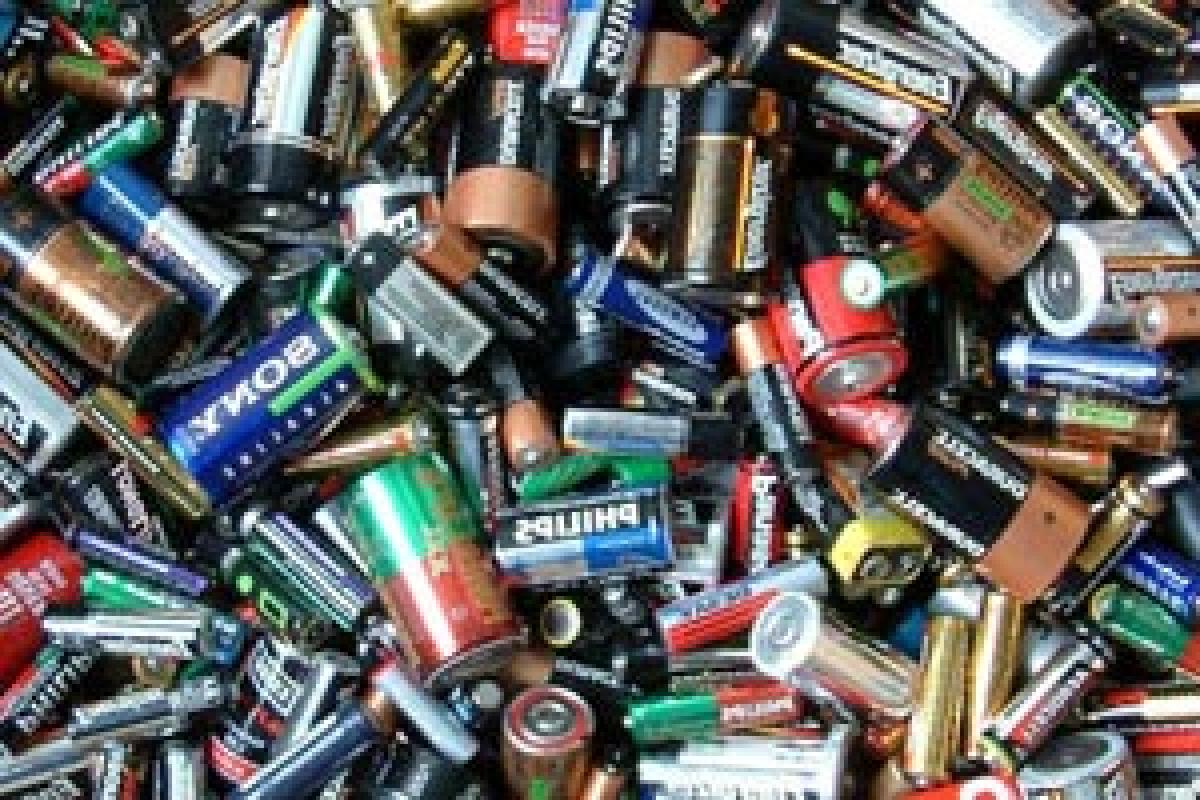Scientists recover high purity metals from battery waste

Finnish scientists have recovered important metals lithium, cobalt and nickel -- from battery waste with nearly 100 per cent purity. Recovered metals could be used in the manufacture of batteries, and in the future especially in batteries of electric vehicles.
Finnish scientists have recovered important metals lithium, cobalt and nickel -- from battery waste with nearly 100 per cent purity. Recovered metals could be used in the manufacture of batteries, and in the future especially in batteries of electric vehicles.
Researchers from Lappeenranta University of Technology (LUT) were able to extract cobalt at 99.6 per cent purity, nickel at 99.7 per cent purity, and lithium at 99.9 per cent purity from battery waste.
"The manufacturing of new batteries requires metals of particularly high purity. If the purity of lithium is below 99.5 per cent, it is not suitable as raw material for batteries. In other words, the difference between 99.4 per cent and 99.9 per cent purity is very significant," said one of the researchers Sami Virolainen.
The findings were presented at the 'Circular Materials' conference organised by Chalmers University of Technology in Gothenburg, Sweden. Lithium and cobalt are increasing in importance because they are needed in batteries of electronic devices and especially in electric cars.
Forecasts indicate that the global need for lithium may quadruple between the years 2011 and 2025. The study separated metals through a liquid-liquid extraction process on a pilot scale. In the process, extraction takes place between two liquid phases which do not dissolve in each other.
All other impurities are separated from the solution, leaving only lithium, cobalt and nickel. Previous studies have attempted to extract all three metals, but have only succeeded in extracting two at a relatively high purity and the third with low purity, the study said.
"As a separation process, liquid-liquid extraction is a viable option when nearly 100 per cent purity and a high recovery rate are required," Virolainen noted.














